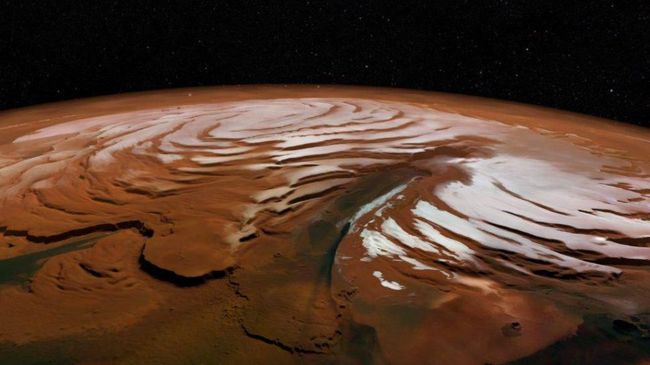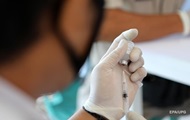Jakarta, CNN Indonesia —
Ice water could be just a few meters below the surface Mars. The findings come from new research compiled by the Trace Gas Orbiter (TGO), part of the ExoMars mission operated by the European Space Agency (ESA) and its Russian partner, Roscosmos.
ExoMars has at least two TGOs, the first to launch in 2016 and the rover Rosalind Franklin, which is due to launch to Mars next year.
The research on water ice has been published in the journal Icarus March 2022 issue and published online on 19 November.
Among the many instruments at TGO, there is one called the Fine Resolution Epithermal Neutron Detector (FREND). This tool can detect hydrogen, one of the two elements that make up water.
New analysis of FREND’s data shows high hydrogen levels at a site called Candor Chaos, which lies near the heart of a massive canyon system dubbed Valles Marineris.
“We found that the center of Valles Marineris is full of water – much more water than we expected,” said Alexey Malakhov, a scientist at the Space Research Institute of the Russian Academy of Sciences.
Valles Marineris is the largest canyon in the Solar System. It is 10 times longer and five times deeper than Earth’s Grand Canyon, and is one of the most striking features of Mars.
He said the findings closely resembled Earth’s permafrost regions, where water ice permanently persists beneath dry ground due to the constant low temperatures.
The canyon stretches along much of the Martian equator. When scientists searched for Martian water ice in the equatorial region previously, all they could study was surface dust and small amounts of water.
With the new research can expand the knowledge of scientists, as well as give an idea of what is below and above the surface of Mars.
“With TGO we can look down to a meter below this dusty layer and see what’s really going on beneath the Martian surface – and, most importantly, find water-rich ‘oases’ that could not be detected with previous instruments,” said Igor Mitrofanov. , scientist at the Space Research Institute of the Russian Academy of Sciences.
The researchers say that if all the hydrogen they detected was in the form of water ice, the valuable compound could make up as much as 40 percent of the near-surface material in the area.
However, FREND on Mars can also detect water contained in local minerals, although scientists believe it is less likely than ice. Space.
(can/fea)
– .


